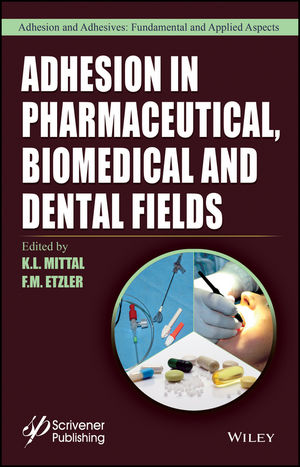Packaging Additive Market to Reach $1 Billion
The pharmaceutical and healthcare segment is anticipated to be the fastest growing application over the forecast period.

The global packaging additive market is anticipated to reach $1.01 billion by 2024. The increasing demand for the use of additives such as antimicrobial agents, antifog agents, and oxygen scavengers as a result of protecting the packed product such as food, beverages, and pharmaceutical from the external environment is expected to boost the market over the forecast period.
In 2016, Asia Pacific contributed to 28.1% of the overall market in terms of revenue. The market is expected to grow substantially on account of the increasing demand for packed foods and beverages. Moreover, the growth of the pharmaceutical manufacturing sector in the region is projected to augment the growth of the market.
The demand for packaging additives is forecast to witness a significant growth on account of the technological development and lower-cost solutions. Moreover, major manufacturing companies are investing heavily in R&D to introduce innovative products and expanding their presence in the global market by increasing their production capacity to meet the required demand.
UV stabilizers were valued at $97.8 million in 2016 and are expected to grow on account of its use for protecting the packaged material from the external environment such as infrared radiation and ultraviolet radiation from sunlight. Increasing demand for barrier protection solutions is expected to drive growth.
Food packaging dominated the global market in 2016 and projected to grow at a compound annual growth rate (CAGR) of 4.4% over the projected period. Reporteldy, additives play a major role in protecting the packed item, and aesthetics play a major role in driving the growth of the market in the application sector.
The pharmaceutical and healthcare segment is anticipated to be the fastest growing application over the forecast period. The increasing demand for these additives is suggested to be due to regulatory pressures and enhanced patient care anticipated to boost the market over the forecast period. The segment is estimated to be worth $212.6 million by 2024.
For more information, visit www.hexaresearch.com.
Looking for a reprint of this article?
From high-res PDFs to custom plaques, order your copy today!







